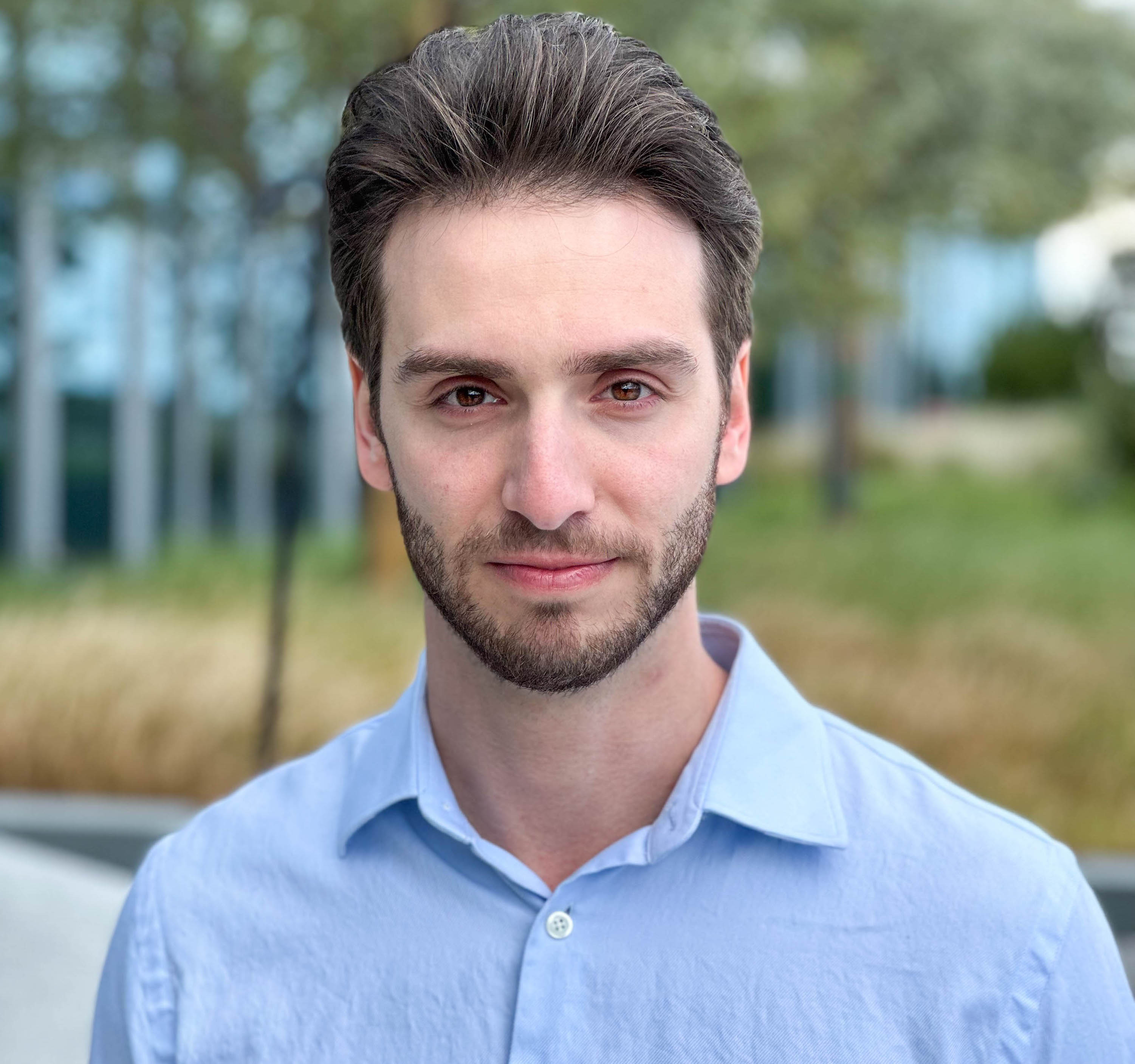

Michael Rubloff
Feb 27, 2025
The BAFTA Awards, presented annually by the British Academy of Film and Television Arts, celebrate excellence in film, television, and gaming. Recognized as one of the most prestigious honors in the entertainment industry, the BAFTAs have long been a stage for recognizing groundbreaking work. At the 2025 ceremony, a new technological innovation quietly hinted at the future of visual media alongside the winners.
Just moments after receiving their awards, winners stepped into a specially designed Radiance Field station, where cutting edge technology captured them in lifelike 3D, forever.
Radiance Fields, and their different representations, create lifelike 3D reconstructions of scenes from standard 2D imagery. Unlike traditional photography or videography, which produce static images or recordings, Radiance Fields reconstruct an interactive digital 3D model that allows viewers to move around and experience the captured moment from multiple angles, as if they were physically present at the moment of capture.
The capturing work was led by Harry Nelder and Amity Studio. Nelder used his 16-camera rig to capture the recent winners. The reconstruction software was a combination of a cloud-based platform created by Nelder, which is expected to be released later this year, along with Postshot. Nelder further utilized the Radiance Field method known as Gaussian Splatting for the reconstruction. A compilation video of all the captures, recently posted by BAFTA, was edited by Amity Studio
For nearly two centuries, humanity has relied on 2D formats, such as photographs, films, and digital recordings, to document history. But with Radiance Fields, we’re beginning to lay the foundation for the next evolution of imaging: a shift from flat representations to fully explorable, immersive archives of the past.
The BAFTA installation demonstrated this potential by immortalizing winners in three-dimensional space, capturing the subtle emotions, intricate details of their attire, and the energy of the moment in a way that traditional photography or videos never could. Radiance Fields can reconstruct anything they see with lifelike detail. While humans are the subject here, anytime you are currently using a 2D image or video will be a use case for Radiance Fields.
As technology continues to evolve, one thing is certain: the world will not remain flat. The transition to a future where life is captured and experienced in full 3D has already begun.







